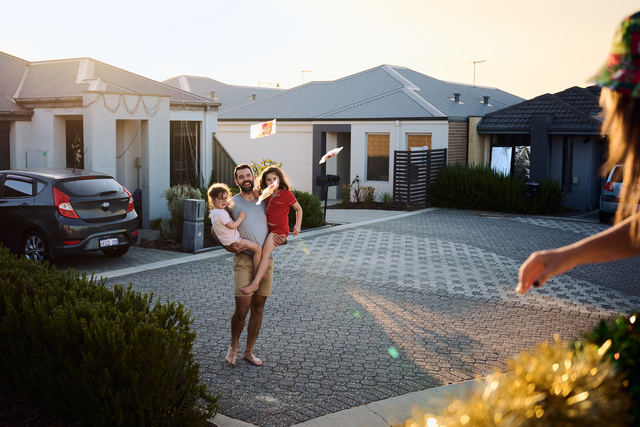Recent Nielsen research that found Australians are the world’s most prolific users of social media highlights the importance of councils including technology in their communications mix.
The research, which carried out a global comparison, suggested that Australians spend an average of six hours and
52 minutes per month on social media sites, well ahead of the US, which has the next largest social media usage at six hours and nine minutes per month.
The reach of social media in Australia is also large, with Nielsen estimating a unique reach of 9.9 million Australians per month – a large proportion of the country’s 22 million population.
For Local Government, social media could be a very powerful medium and perhaps key to engaging the hard to reach teenage and young adult demographic.
The Prime Minister is evidence of this. In his 2007 election campaign, ‘K Rudd’ promoted himself on Facebook and MySpace, and he
gained an enormous vote lead in the 18 to 34 year old age group.
Since then, more and more councils and government agencies have begun jumping on the social media bandwagon to engage this elusive audience.
But it is not just younger people that use social media. In the US, there are now more Facebook users aged from 26 to 44 than 18 to 25, and there are some 2.8 million users over 55 years.
Councils can use social media tools to open up a two way communication with these users and get them involved in council decision making. Residents can either listen and be informed, or they can talk and have their say. Councillors can use social media to promote their representation, and as an avenue for residents to contact them, while councils can form blogs, wikis, podcasts and even create their own Facebook, Twitter or Flickr account. YouTube could also be used to promote council events or replay council meetings.
With blogs or ‘tweets’ councils could also solve wider Local Government problems, by promoting employment opportunities and the benefits of working for councils.
The possibilities are endless.
Many councils exploring the use of social media are establishing corporate policies that manage the unique possibilities and risks posed by it. But rather than being a dedicated, standalone policy, it would make more sense for social media to be seen as business as usual and integrated into normal communications strategies, relevant to all of the organisation’s communications objectives.
Social media should not replace existing communications strategies, but complement them. You will still have people communicating with council through traditional means and turning up to meetings, but you will also get more and different people engaging with you.
It may be the case that people don’t have the time or resources to physically attend a council meeting, but social media opens up a communication and feedback avenue that they previously didn’t have access to and hence didn’t contribute.
Above all, councils must demonstrate that they are listening and acting on the feedback they receive from these mediums to ensure people continue to use them.
Who knows, if they get a response, it might even encourage more people to come along to formal meetings.







